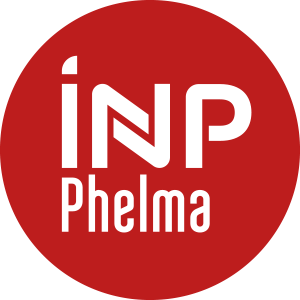Number of hours
- Lectures 7.0
- Projects 0
- Tutorials 7.0
- Internship 0
- Laboratory works 16.0
- Written tests 0
ECTS
ECTS 6.0
Goal(s)
Using a scientific programming language (e.g., Python) as a tool for modelling and numerical analysis.
Contact Ronald PHLYPOContent(s)
This course covers the basics of scientific programming
- number representation systems and their precision
- data in Python
- basic data structures: scalars, strings, lists, dictionaries, sets, tuples
- matrix representations of numbers: the numpy ndarray (vs matrix), pandas data tables
- read and write data according to the data type (CSV, JSON, pickle, ...)
- array operations
- unitary operators MX0 --> MX1
- n-ary operators (MX0, ..., MXn-1) --> MXn
- solving equations
- linear matrix equations with applications to interpolation and regression
- differential equations with applications to interpolation and prediction
- probability and statistics in Python
- probability laws: distribution families, random variables, realisations
- statistical tests
Prerequisites
mathematical background on
- probability and statistics
- linear algebra
- differential equations
Test
Semester 7 - The exam is given in english only 
- ET: lab reports and report on final problem
- CC: short quizzes to test your comprehension of the course basics
Under regular conditions
N1 = 70%CC1 + 30%CC2
N2 = 70%CC1 + 30%ORAL
When students have no longer access to the school
N1 = 70%CC1 + 30%CC2
N2 = 70%CC1 + 30%DS
Additional Information
Semester 7 - This course is given in english only 
Course list
Curriculum->Master->Semester 7
Bibliography
P. O. J. Scherer, Computational Physics. Springer International Publishing, 2017.



